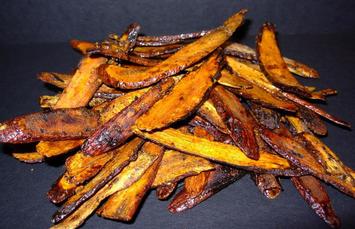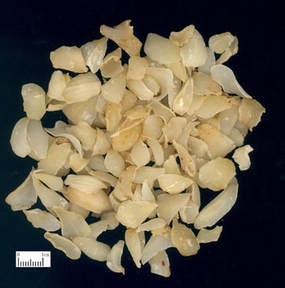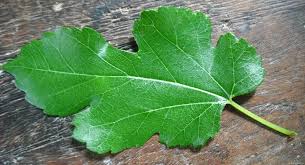Use your diaphragm to help descend the lungs. Breathe slowly and deep into the belly. Bring your awareness to the area below the lungs rather than at the lungs. This will deepen your breathing and kindly nudge the diaphragm to take on some of the work. Here’s how to make more of the over 20,00 breaths you take every day more relaxed and harmonic while reducing breaths that are stressed or tense: 1. Breathe through the nose 2. Breathe with the diaphragm 3. Breathe relaxed 4. Breathe rhythmically 5. Breathe silently A Side Note About The Benefits Of Qi Gong
QiGong is a way of cultivating internal energy. There are many forms of qigong that can focus on a wide range of health concerns. Here are a couple of short qigong exercises meant to strengthen the energy of the lungs. Tapping at Lung 1 acupoint: Find the little triangle beneath the collarbone where it meets the shoulder. From that point, jump your fingers down about an inch or two into the muscle belly of the pectoralis muscle. This is Lung 1. Use your fingers to tap this point for about a minute to stimulate lung energy. Notice how your breathing feels after. Massaging the sides of the nose: Using the base of both thumbs, massage up and down along the sides of the nose. The lungs open up to the nose, so by massaging this area, you are accessing and stimulating lung energy. Do this for about a minute. Notice how your breathing feels after. Getting started on supporting lung health now will actually help you in the Fall. Fall is the time of year that can be most taxing on the lungs, according to Chinese Medicine. Getting your lungs in good shape for the Fall so that not only will you be able to breathe well; you will also be in a better position to fight off the colds that come with the change of the season.
0 Comments
Cupping and acupuncture can be very helpful. We've gotten busy at the office since the fires, we are doing our best to accommodate everyone. If you've been affected by the fires either physically or emotionally, please don't hesitate to reach out so we can find a time that works for you! Its been 1 week since the start of the fires in Napa and Sonoma and while there has been some containment, a majority of the fires are still burning. Those with asthma and other lung conditions that are especially sensitive to particulates in the air, and may be affected by the fires even long after we stop smelling the smoke. Here are three herbs to help protect your lungs. We've stocked upon several formulas that we can customize to get you through this fire and fall season.
Don't hesitate to contact us with your specific questions on formulas that would benefit you during this time.
|
Archives
December 2023
Categories
All
|
Proudly powered by Weebly






 RSS Feed
RSS Feed